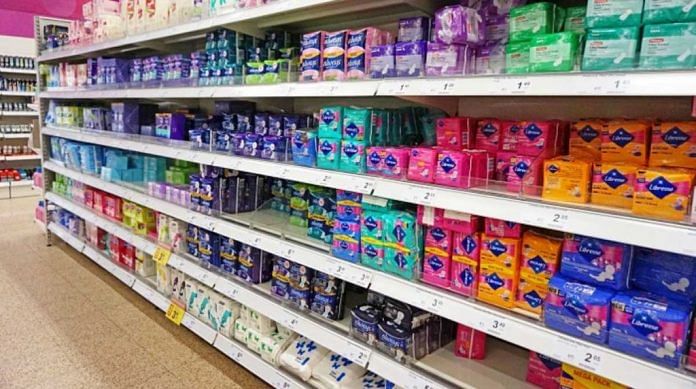The average woman spends seven years of her life on her period. As women are hitting puberty earlier and earlier, due to an increase in obesity, chemical exposure and other factors, this number is only rising.
This also means that the economic burden associated with periods are impacting women at a younger age, increasing the total cost over their lifetime and compounding the growing global issue of “period poverty”— a term that broadly refers to a lack of access to sanitary products, menstrual hygiene education, toilets, handwashing and/or waste management.
The World Bank estimates that 500 million women and girls globally lack access to adequate facilities for menstrual hygiene management. Research from Plan International UK reveals that three in 10 girls and women aged 14-21 have had issues either affording or accessing feminine hygiene products during the COVID-19 lockdown, and that over 54% of them have resorted to toilet paper as an alternative. Cultural stigmas around periods also exacerbates these trends.
Recent moves to address period poverty around the world are encouraging, such as New Zealand Prime Minister Jacinda Ardern’s pledge to provide menstrual products to students in the country for the next three years; Scotland’s announcement last November that it would make period products available for all who need them; and Britain’s promise to repeal the “tampon tax”, which classifies sanitary products as non-essential, luxury items.
In the US, the documentary Period. End of Sentence., which was the result of California high-school students who came together to address period poverty in rural India, won an Academy Award for a short documentary in 2019. In China, grassroots campaign Stand by Her is aiming to increase access and reduce stigma surrounding menstruation while increasing education for students.
Also read: India’s workplaces need to understand menstruation better. Period
Even for women who do not experience period poverty, high-quality feminine hygiene products often also come with a high sticker price. The gross margin on feminine hygiene products can be as high as 70%, while the tissue industry, which has a similar supply chain, has an average gross margin of around 30%.
Seemingly every year, undoubtedly the result of significant R&D by top brands, new campaigns and new concepts surrounding feminine hygiene products emerge – pads with luxurious super-absorbent foam, pearl-like plastic tampon applicators, and more – giving women more options and flexibility around their periods. Environmentally friendly options are also mushrooming in the market – period underwear (US $23) and reusable cotton pads (US $30). All of this is well and good, but women also need more no-frills, affordable options that they can trust. This is where retailers can play an important role.
Take China as an example. Low-cost feminine hygiene products available in the Chinese market vary widely in quality. This poses a threat to consumers, especially those in lower-tier markets (defined as tier 3-6 cities). It is not uncommon to find copycat versions of name brands proliferating on poorly managed online marketplaces, or unbranded packages of pads sold in bulk with little transparency as to where they came from. And customers are not shy about questioning the quality of these products in their reviews.
As for the branded products – many are more expensive than necessary. Research from Zhongtai Securities finds that as the price is increased layer by layer, the final price of sanitary napkins can as much as triple. Cost reduction doesn’t have to be at the price of high quality.
JD.com hopes to use its supply-chain strength to help with this effort with a social e-commerce platform, Jingxi, that will work with the industrial belt of Quanzhou, a prefecture-level port city in southern Fujian province, to bring an affordable, high-quality sanitary pad option to the market.
The move also serves to support the Quanzhou industrial belt’s more traditional players to get acquainted with e-commerce, providing them additional growth channels. This is particularly helpful as many enterprises have turned towards the domestic market under COVID-19 export pressures.
On 8 March, this International Women’s Day, JD will also launch a long-term programme to donate sanitary napkins to girls in remote areas, beginning with working with Chinese Social Welfare Foundation’s Aixiaoya Fund (中国社会福利基金会爱小丫基金) to donate sanitary napkins to girls at Gansu Mountain Middle School.
The bottom line is that feminine hygiene products should not break the bank, and responsible supply-chain actors need to facilitate the availability of high-quality, affordable products. Period.
This article was first published at World Economic Forum.
Also read: Price of sanitary pads won’t change much despite zero GST. Here’s why






